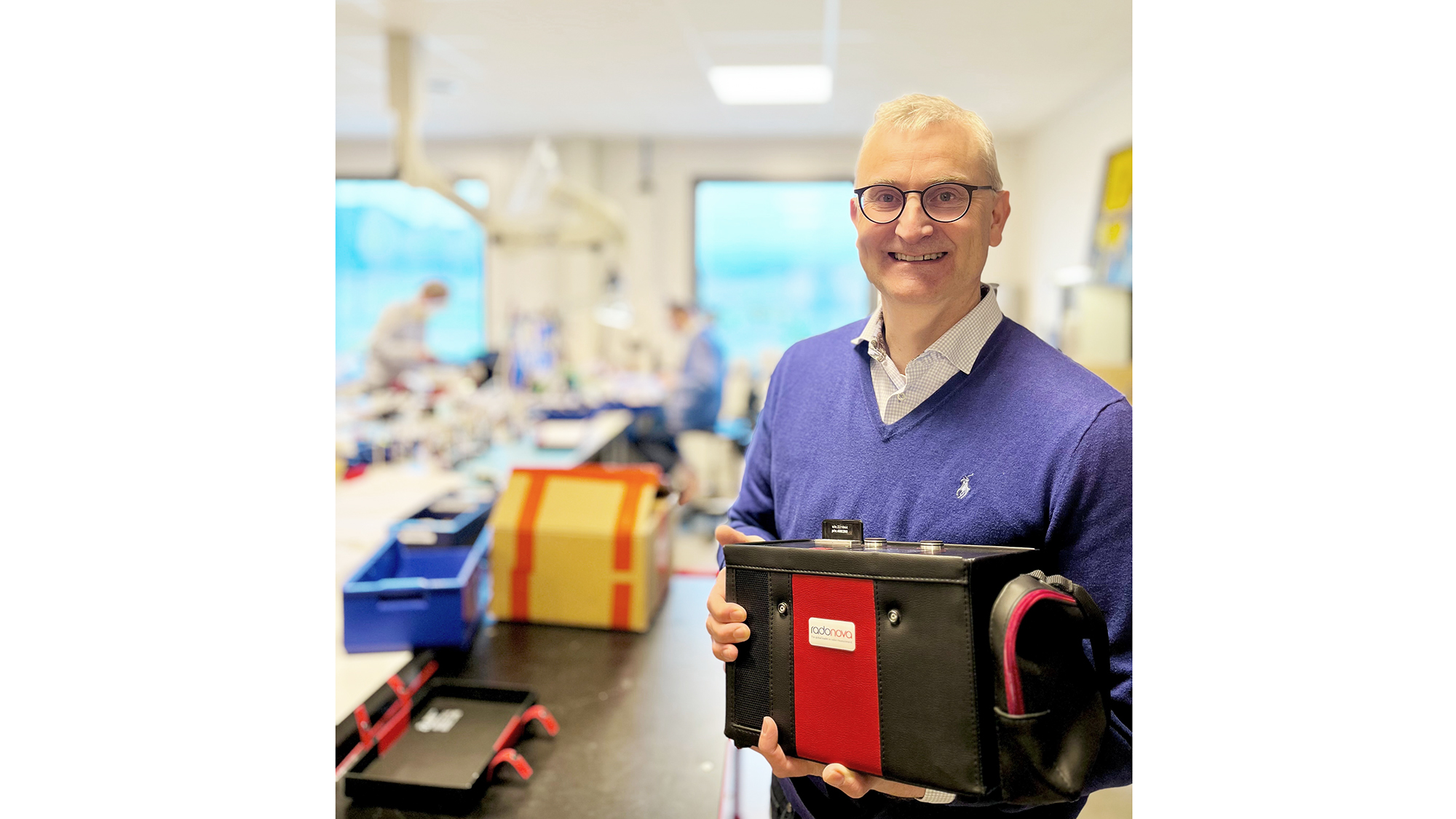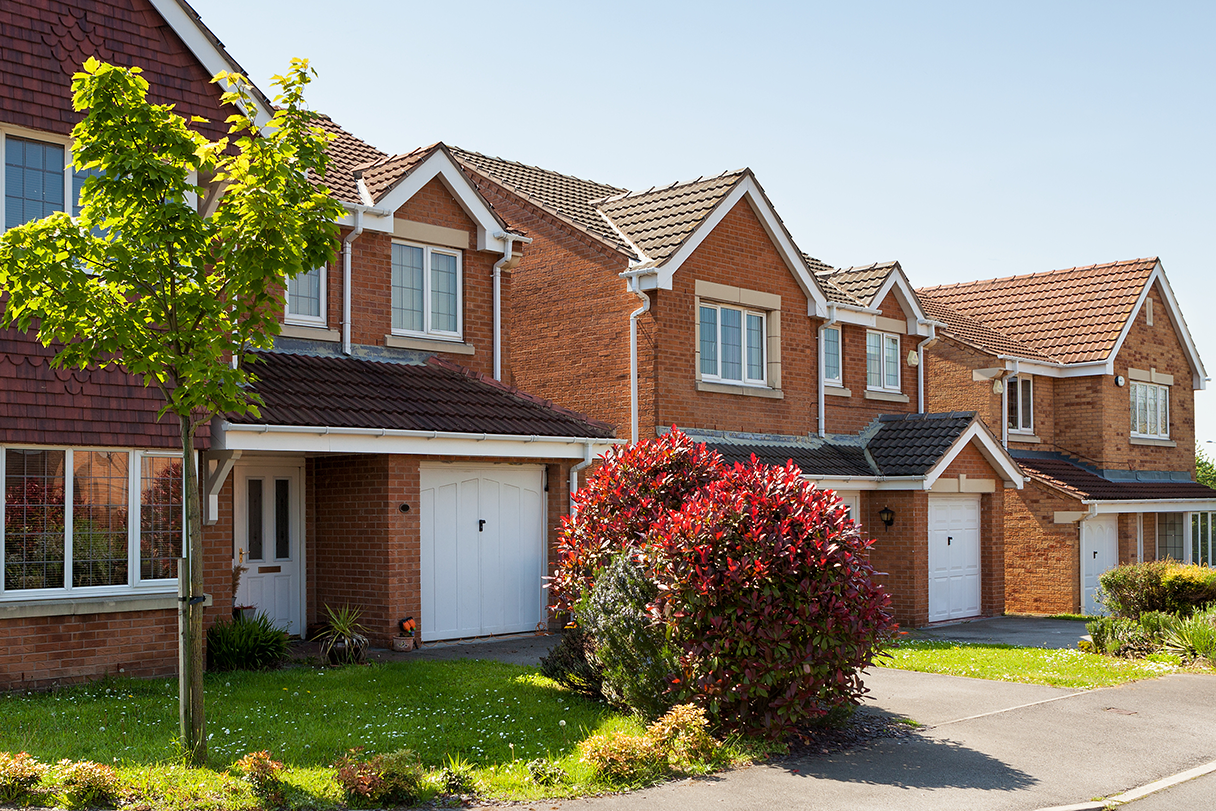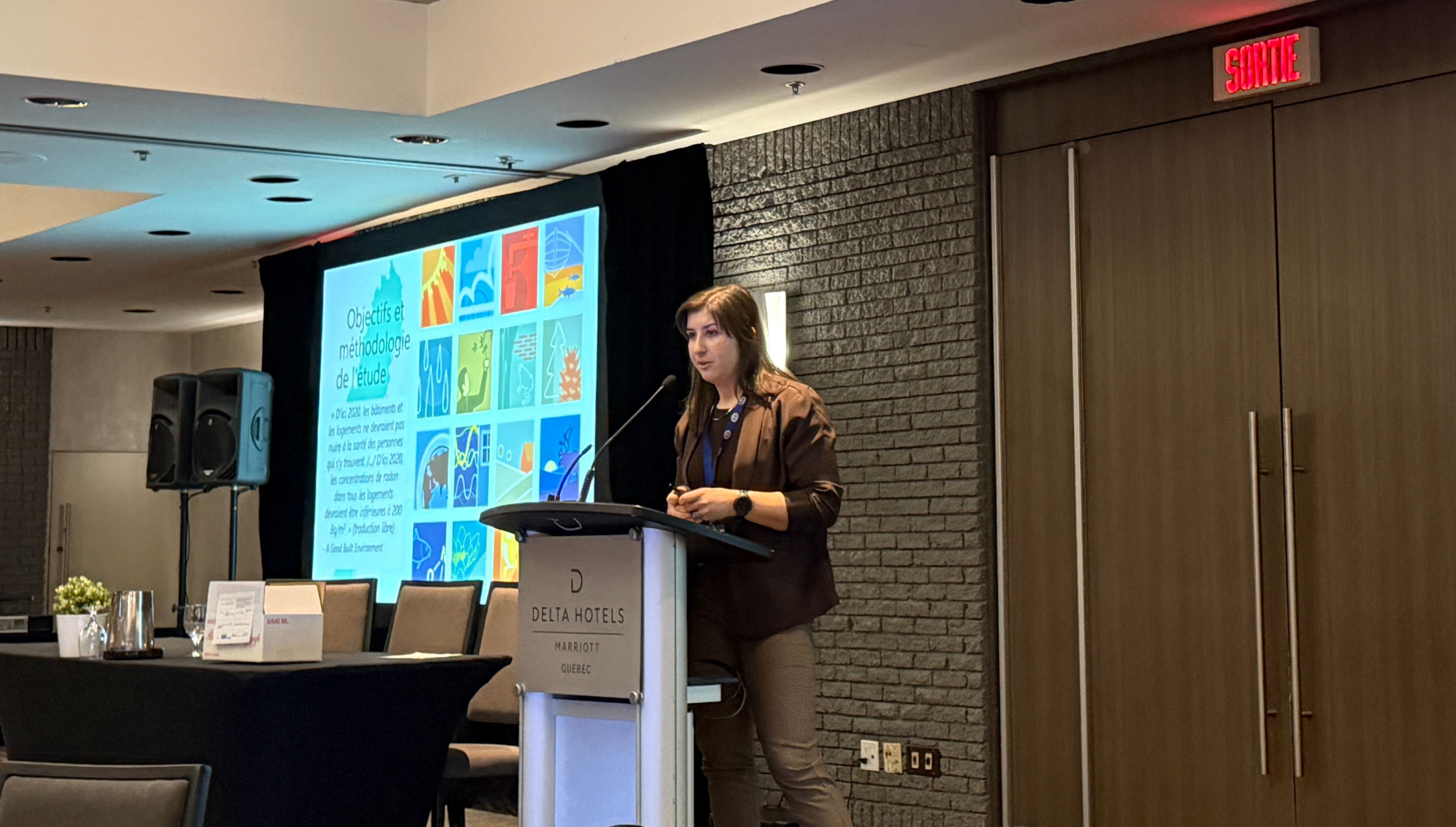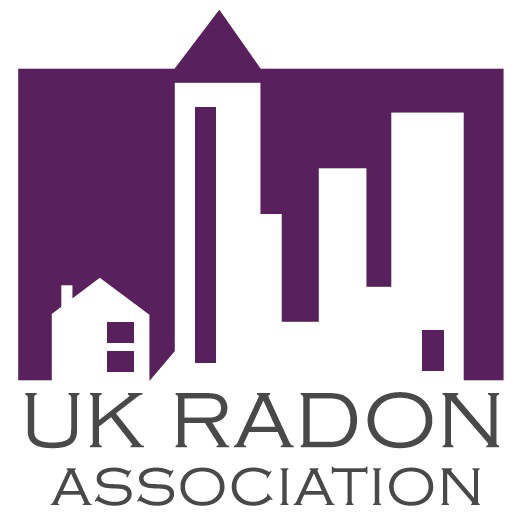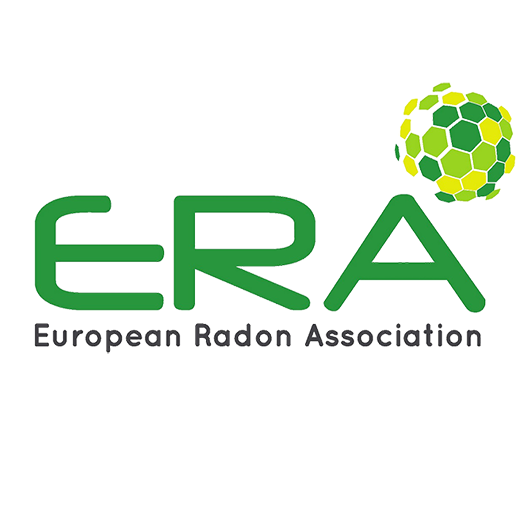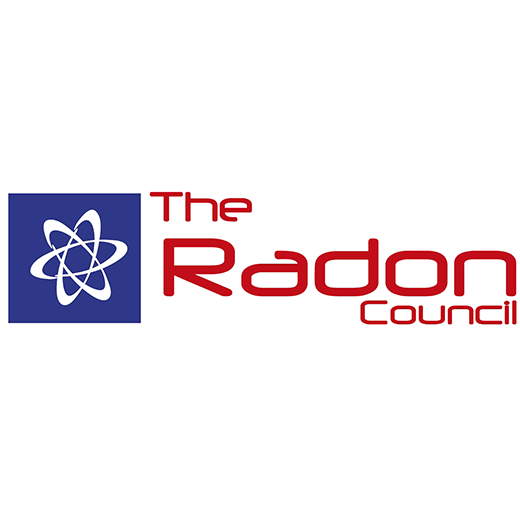Radonova launches ECOTRAK®, a new product for safe radon monitoring in soil
Radonova Laboratories is launching a new detector that makes it safer and easier to monitor radon in soil. The new Ecotrak® detector can be used ahead of new builds and property modernisations and provides quick, reliable information on the amount of radon in the soil being tested.
Unlike other commonly used soil detectors, Ecotrak® is covered by international comparative tests. The detector is supplied in a Tyvek bag, which protects against moisture, dirt and other factors that could affect the result.
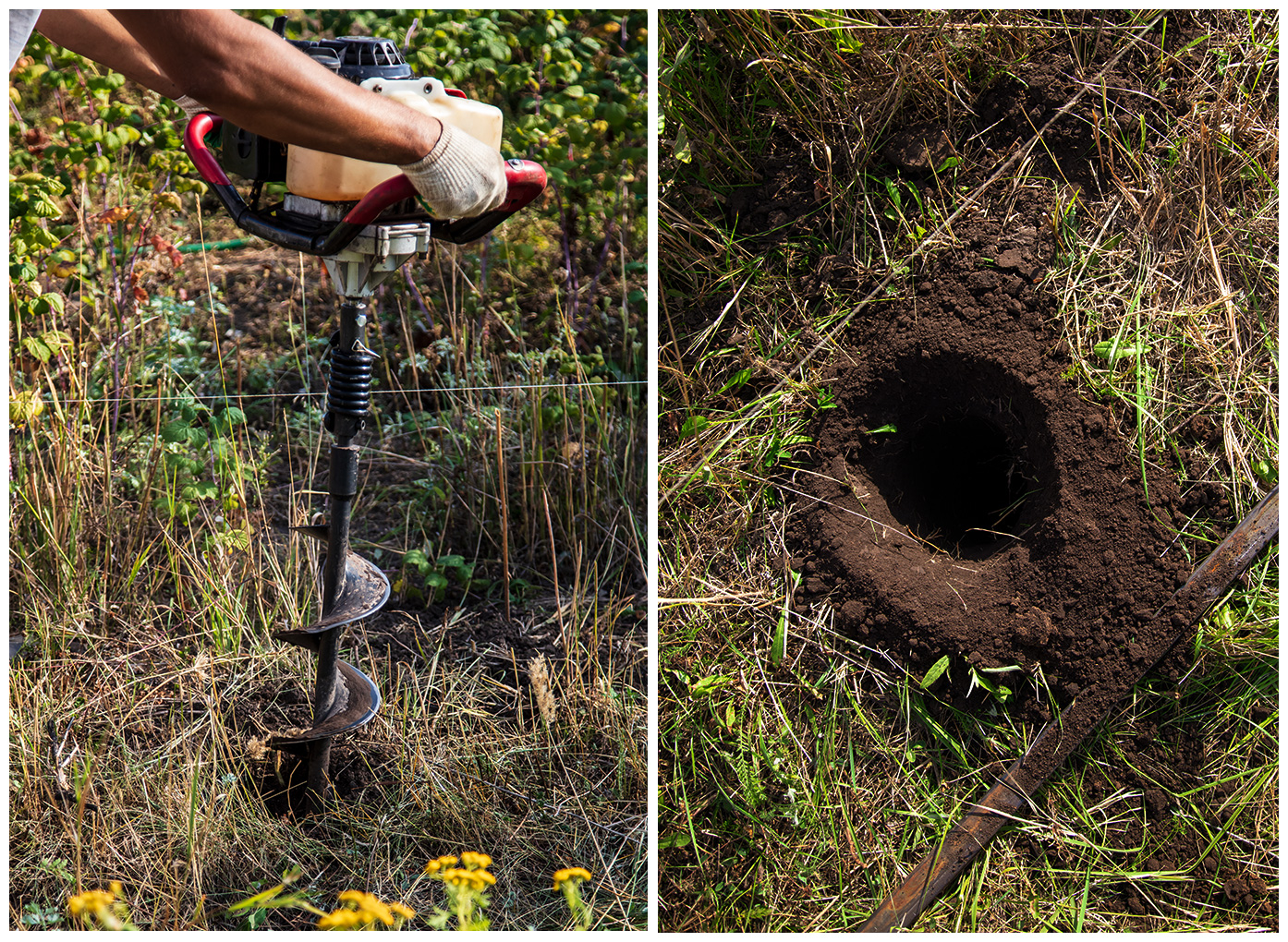
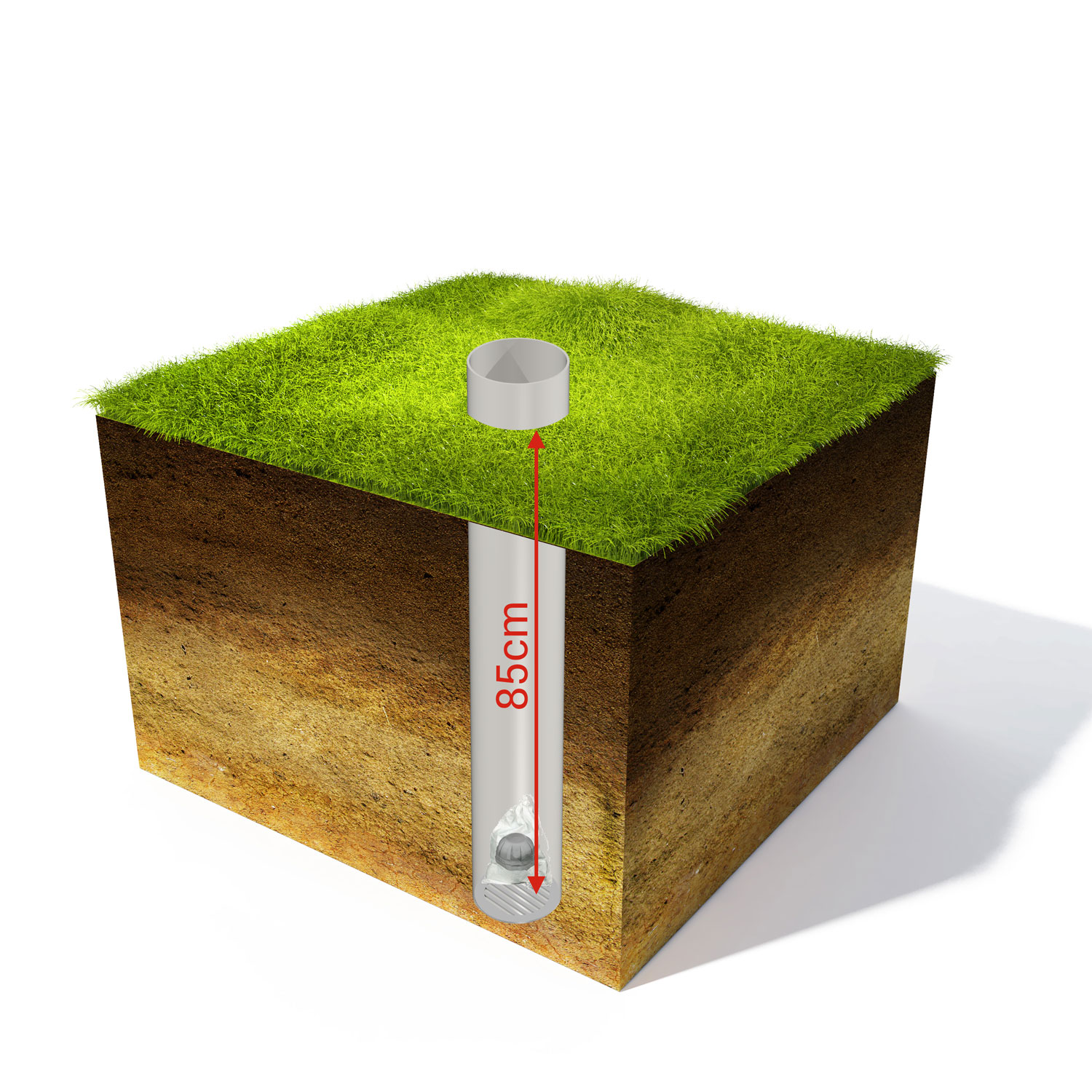
Ecotrak® does not have to be returned for immediate analysis, rather it can be collected and stored at stockists for a short period. This enables more streamlined handling and means that detectors from several different monitoring periods can be sent for analysis at the same time.
“Monitoring radon in soil is relatively simple. The challenge is to monitor it in such a way as to provide a reliable result. In part, this means that the product itself has to be high quality. Also able to withstand the stresses that are part and parcel of monitoring in soil. However, it also means using an accredited laboratory that takes part in international tests. This enables us to carry out fact-based comparisons with large amounts of reference data,” says Karl Nilsson, CEO of Radonova Laboratories.
“By launching the new detector, we’re making it simpler and safer than ever to monitor radon in soil. No matter what type of construction is involved, there’s great value in understanding the radon situation. What’s more, in some cases the local building committee requires a study into radon levels before granting building permits. Should monitoring show that the site is what’s termed ‘high risk’, the construction can be made radon-proof from the beginning,” says Oskar Boström, product manager at Radonova Laboratories.
Soil radon in brief
Uranium and radium are the two elements that contribute to the levels of radon gas found in soil. Levels of radon gas can vary widely depending on the type of soil. As a general rule, the airier the soil composition, the higher the level of radon. Conversely, a more compact composition makes it more difficult for the radon to circulate in the soil.
Ecotrak® in brief
- Covered by stringent international comparative studies
- Not sensitive to moisture (large amounts of water do, however, affect the results)
- Supplied in a protective Tyvek bag
- Can be collected and stored for a short period (for efficient handling of multiple measurements)
- Monitoring usually takes place over one to seven days
- Can be used all year round (provided the soil is free of frost)
The recommendation is to use at least three detectors for the first 100 m² of the site where the property or construction will stand. After that it’s a good idea to have at least one extra detector per extra 50 m².
For further information about the new Ecotrak® detector, contact Radonova here

